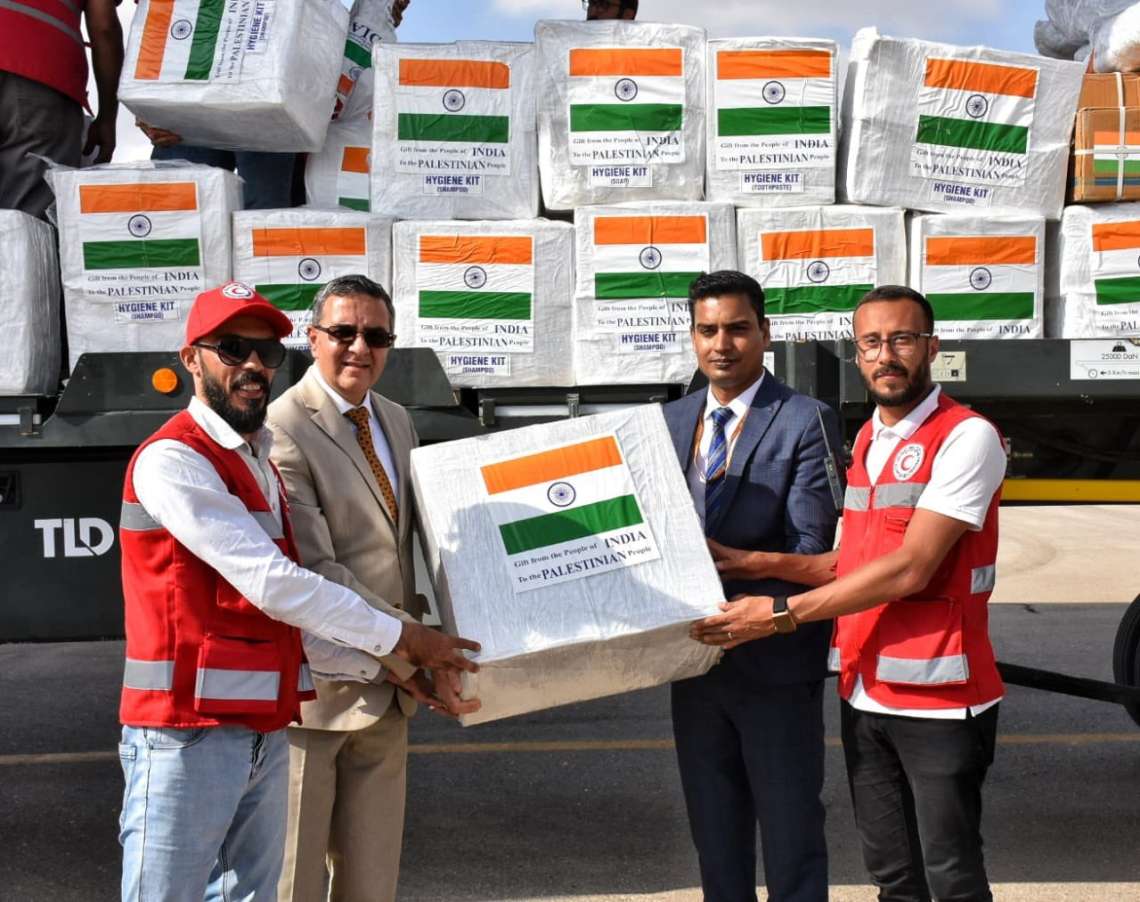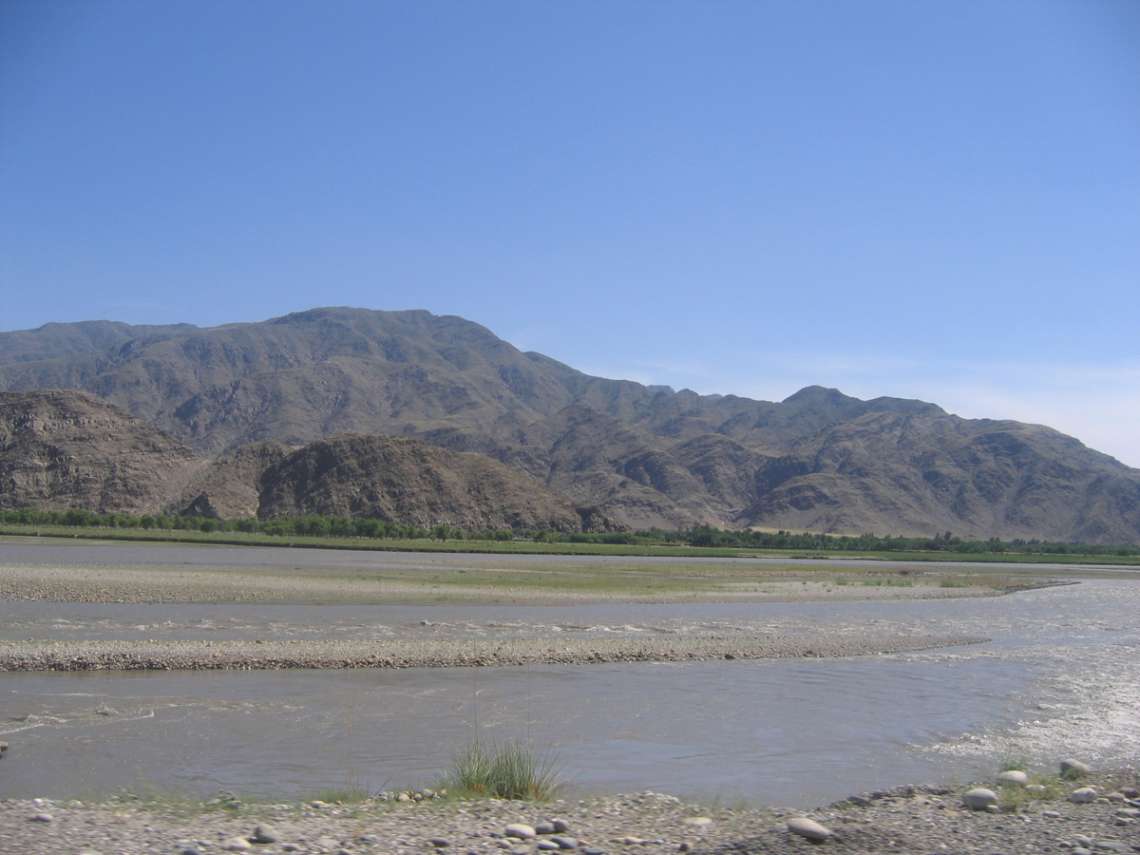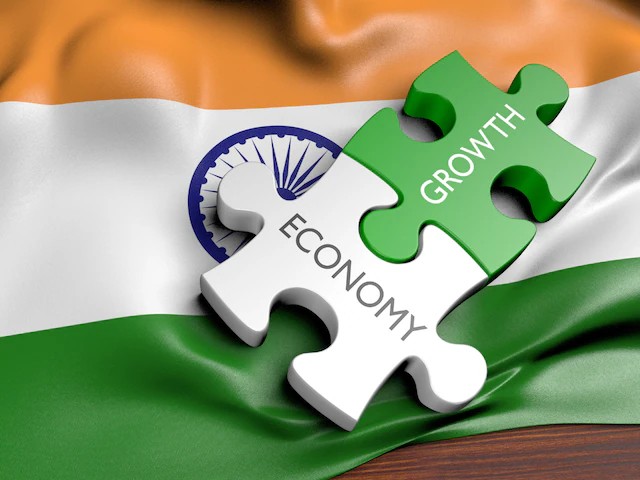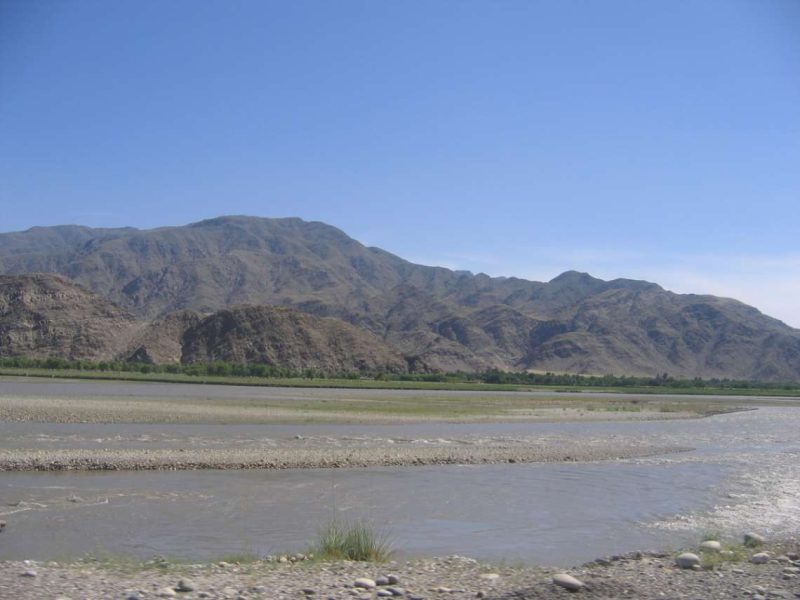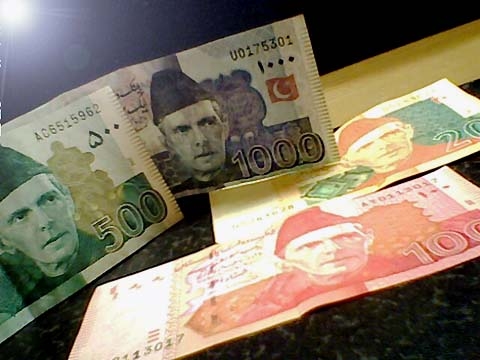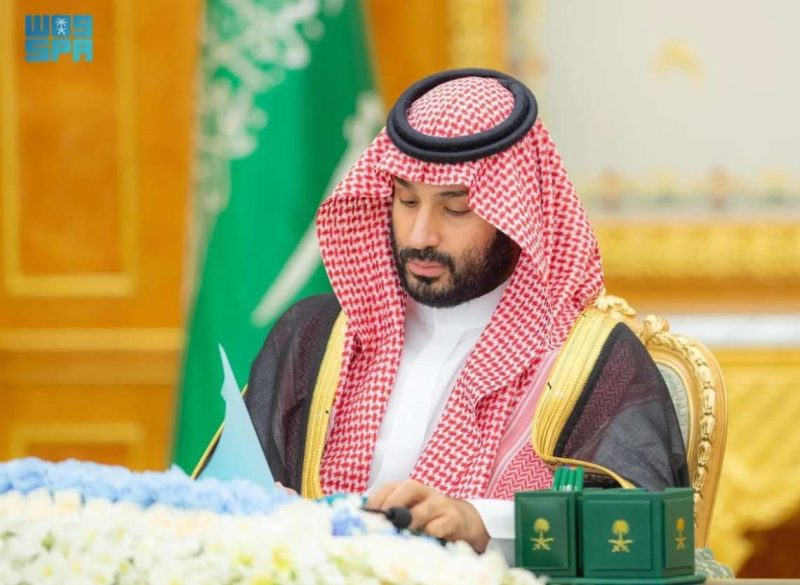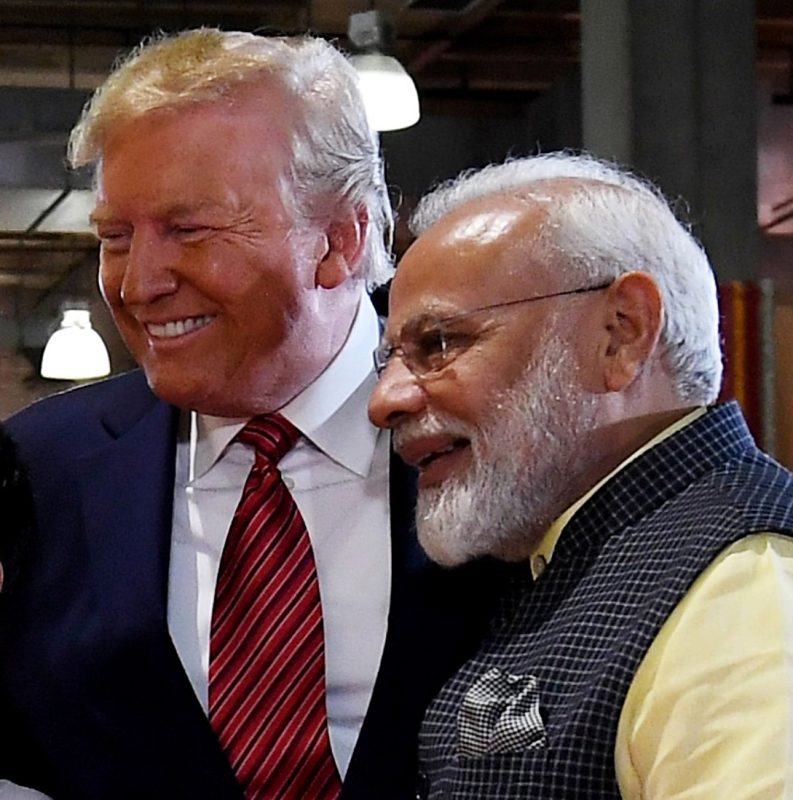India’s steady evolution into a global humanitarian leader reflects a fusion of compassion, strategy, and capability — a quiet revolution redefining power through empathy and decisive action.
India’s foreign policy has undergone a remarkable transformation over the past two decades, evolving from a largely reactive posture to one that is proactive, compassionate, and globally engaged. At the centre of this transformation lies its expanding humanitarian footprint — a domain once considered peripheral but now a cornerstone of India’s diplomatic and strategic identity.
From responding to natural disasters to extending medical and food aid across continents, India’s approach to humanitarian assistance and disaster relief (HADR) represents a seamless blend of civilisational ethos, democratic values, and the ancient Indian maxim of Vasudhaiva Kutumbakam — “the world is one family.”
The turning point came in the aftermath of the 2004 Indian Ocean tsunami. India’s swift and decisive response — launching Operation Rainbow in Sri Lanka, Operation Castor in the Maldives, and Operation Gambhir in Indonesia — marked a watershed in its regional engagement. The Indian Navy’s rapid mobilisation not only saved thousands of lives but also signalled a shift in India’s strategic self-conception: from aid recipient to aid provider.
The tsunami catalysed institutional change within India’s disaster management architecture. It led to the establishment of dedicated naval HADR units, pre-positioned relief stockpiles, and standard operating procedures for rapid deployment. Over time, these capabilities have been integrated into multilateral platforms like the ASEAN Regional Forum and the Indian Ocean Rim Association, embedding India’s HADR expertise within broader regional security frameworks.
India’s humanitarian record since then has been defined by speed, scale, and sensitivity. During Cyclone Nargis in Myanmar (2008), India’s restrained and cooperative approach — avoiding political overtones while offering critical relief — set it apart from Western interventionist models. Similarly, in the wake of the Nepal earthquake (2015), India’s Operation Maitri became one of the largest cross-border disaster responses ever mounted by the country, with Indian Air Force and Army units delivering medical aid, rescue teams, and relief materials within hours.
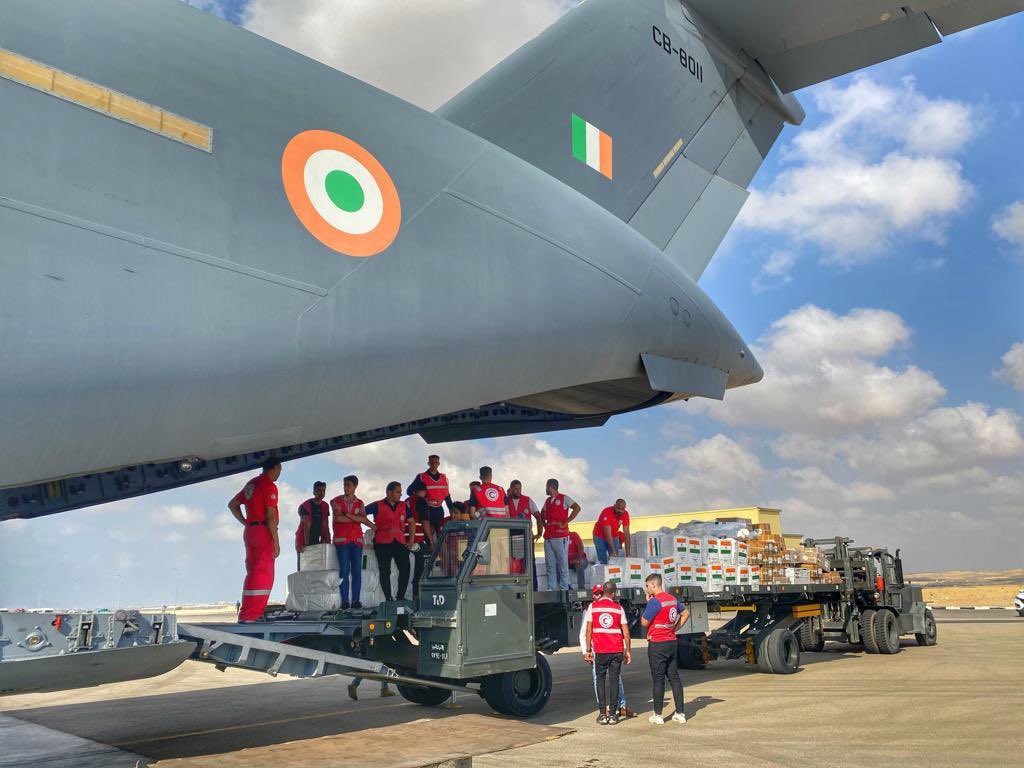
The pattern of humanitarian leadership continued through subsequent crises. In 2019, India launched Operation Sahayata in Mozambique following Cyclone Idai, and in 2023, Operation Karuna in Myanmar provided food, tents, and medicines after Cyclone Mocha. The Indian Navy’s INS Satpura delivered over 50 tonnes of relief supplies, demonstrating the maritime force’s capacity for regional outreach.
In 2024, Operation Sadbhav carried relief materials to Nepal and Bangladesh following severe floods, while C-17 Globemaster aircraft transported generators and hygiene kits to Vietnam and Laos. These missions highlighted India’s logistical strength and its readiness to act as a stabilising force amid regional crises.
India’s response to the 6.4-magnitude earthquake in Nepal’s Jajarkot district in November 2023 further underscored this leadership. Within hours, special Air Force flights carried tents, blankets, portable ventilators, and medical supplies, reflecting India’s deep and enduring ties with its Himalayan neighbour.
But India’s humanitarian outreach extends far beyond immediate disaster response. The country has consistently stepped up during crises affecting regional stability — from supplying wheat to Afghanistan during food shortages to sending COVID-19 vaccines to over 100 countries under the Vaccine Maitri initiative, and providing fuel and financial aid to Sri Lanka during its economic collapse. Each gesture has reinforced India’s image as a reliable and compassionate partner.
As a result, India has transitioned from a regional actor to what many analysts term a “net security provider” — a nation capable of ensuring stability and providing reassurance in a turbulent region. Through exercises such as Mitra Shakti with Sri Lanka and its leadership in BIMSTEC’s disaster management initiatives, India has institutionalised its HADR capabilities, building trust and interoperability with partner nations.
Crucially, India’s humanitarian diplomacy is informed by its own domestic experience. As a country regularly tested by floods, earthquakes, and cyclones, India has built a sophisticated disaster response system — from the National Disaster Response Force to satellite-based early warning mechanisms. This accumulated expertise now forms the basis of capacity-building programmes shared with neighbouring countries, reinforcing a model of cooperation rooted in empathy and mutual respect rather than hierarchy.
Union Minister Piyush Goyal captured this ethos at the 2025 World Congress on Disaster Management when he declared, “India is there for every person in distress within the country and in the world. That is true global leadership.” This sentiment encapsulates India’s humanitarian vision — one that views assistance not as charity but as a moral and strategic obligation.
A key differentiator of India’s HADR diplomacy lies in its principled adherence to non-intervention. Unlike certain Western powers that have occasionally invoked doctrines such as the “Responsibility to Protect,” India’s approach respects the sovereignty of disaster-affected states. Its quiet diplomacy during the Myanmar cyclone of 2008, when others pushed for coercive intervention, showcased India’s sensitivity to regional norms. This respect for local ownership has earned India credibility and trust across Southeast Asia.
In many ways, India’s humanitarian leadership symbolises the maturation of its foreign policy. No longer confined to the rhetoric of moral exceptionalism, New Delhi’s global engagement now rests on tangible action — rescue missions, supply chains, and shared expertise. It is a form of “soft power with steel” — humanitarianism backed by operational precision and strategic foresight.
As global disruptions multiply, from climate change to conflict-driven displacement, India’s role as a humanitarian first responder offers a model of diplomacy that is both principled and pragmatic. It is a leadership forged in crisis, tempered by compassion, and guided by the belief that solidarity — not supremacy — defines true power.
In the words of one senior diplomat, “Every time India answers the call for help, it not only saves lives — it shapes perceptions.”
Through that lens, the story of India’s humanitarian rise is not just about relief — it is about redefining leadership in a world that increasingly values empathy as a strategic asset.


